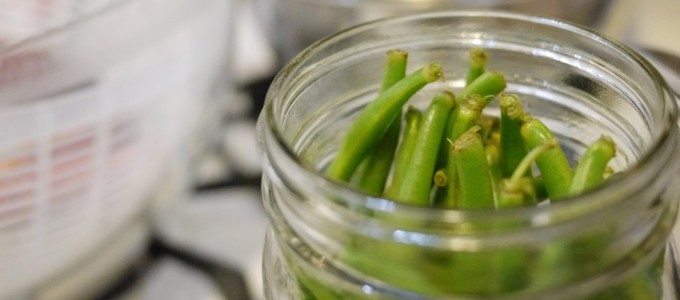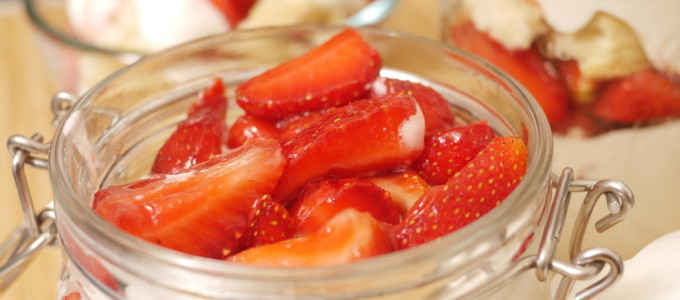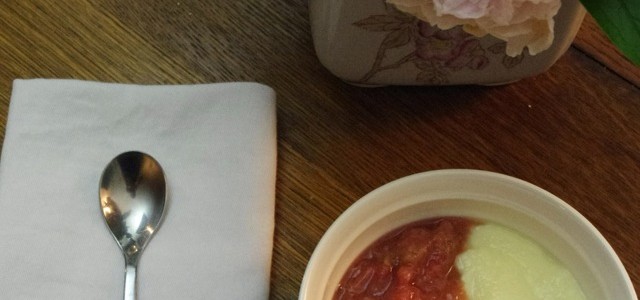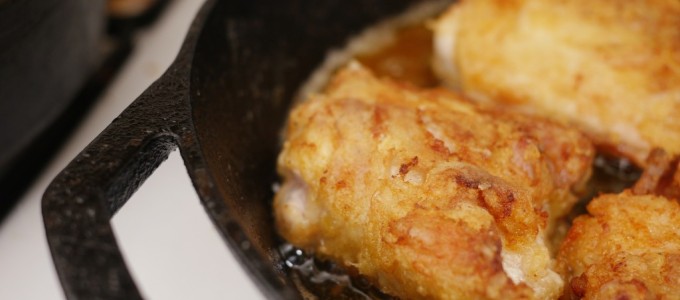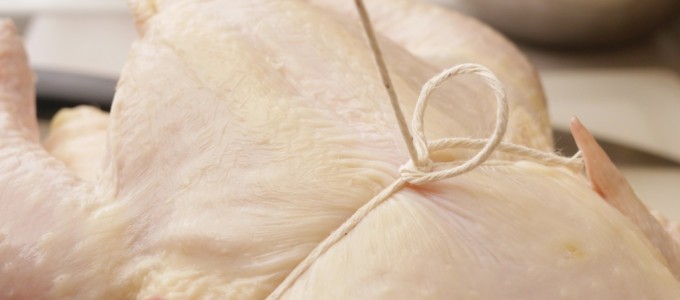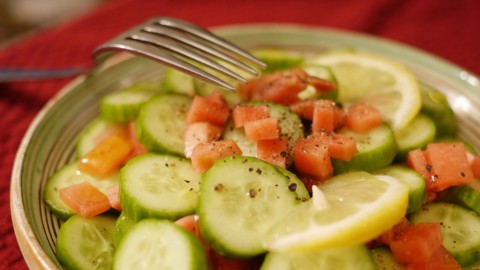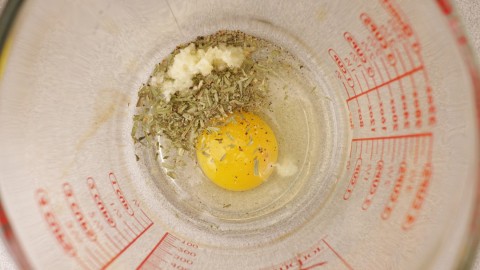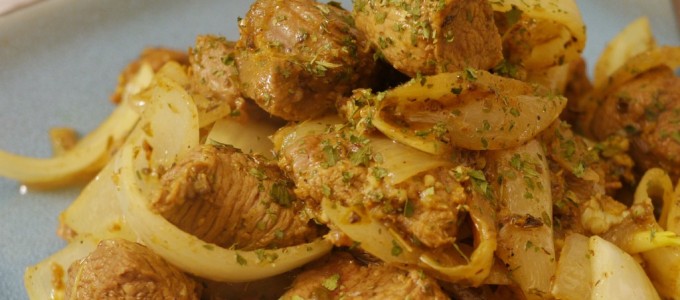This should come as a surprise to no one who has ever been there, but I’m going to say it anyway: hands down, New Orleans in my favorite food town in the United States. It exists at the cultural convergence of French, Italian, and down home Southern foodways. It draws on the best of Creole, Cajun, and Caribbean cuisine. In the past ten years, it has developed a strong link to Southeast Asia. And all of that while sitting on top of some of the best seafood on the continent.
It’s hard not to love New Orleans cooking, and when Sarah and I were down there last month — roadtripping and visiting my (too often neglected) family — we both fell in love with the food all over again. The fine dining, of course, is great. But we mostly went to in the other direction: po’ boy shops for fried oyster sandwiches (dressed); Mandina’s for trout almandines, sherried turtle soup, and crab parts buried in garlic and butter; into the French Quarter for raw oysters; and then out into (as far as I could figure) the middle of nowhere for some of the best phở I’ve ever eaten.
